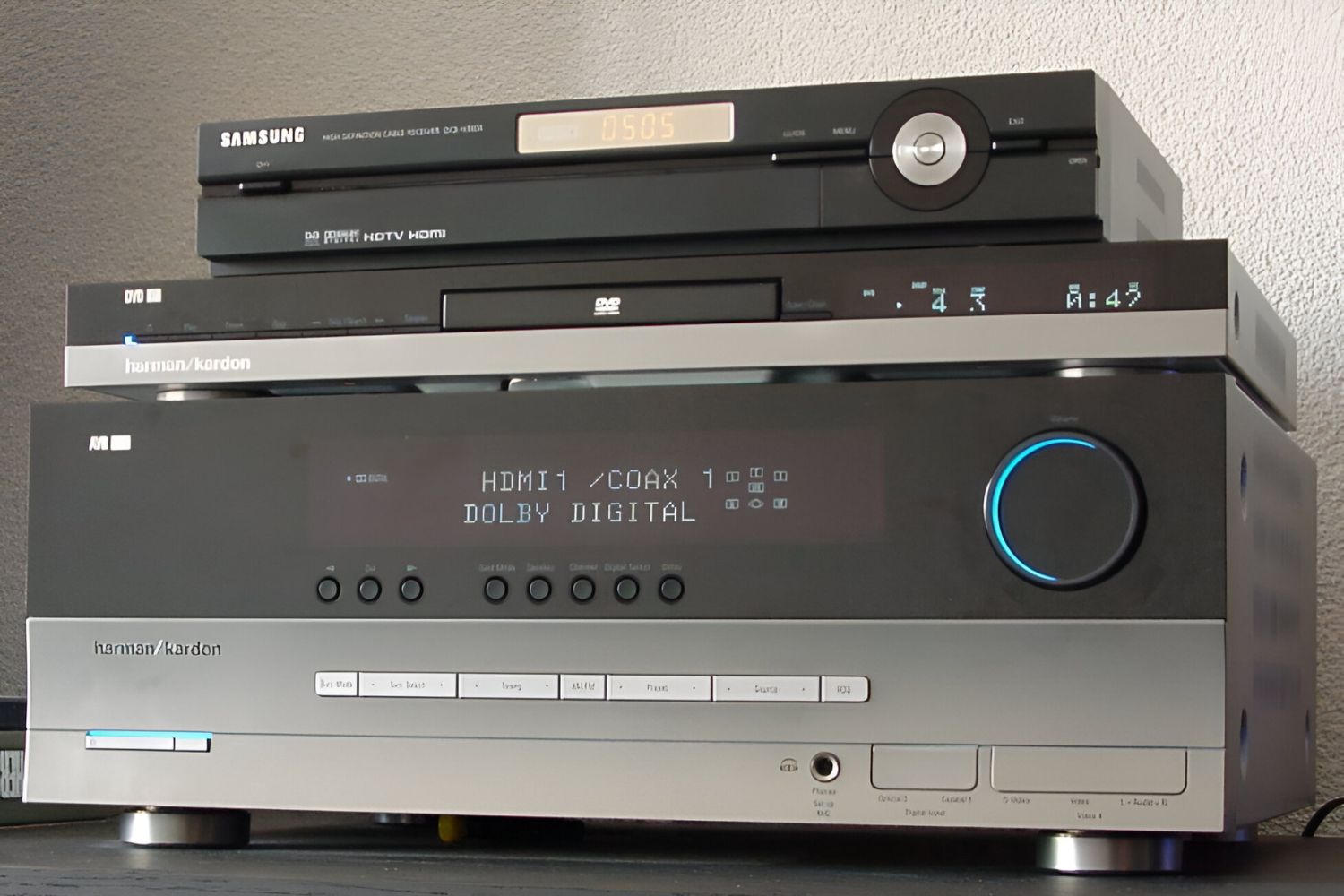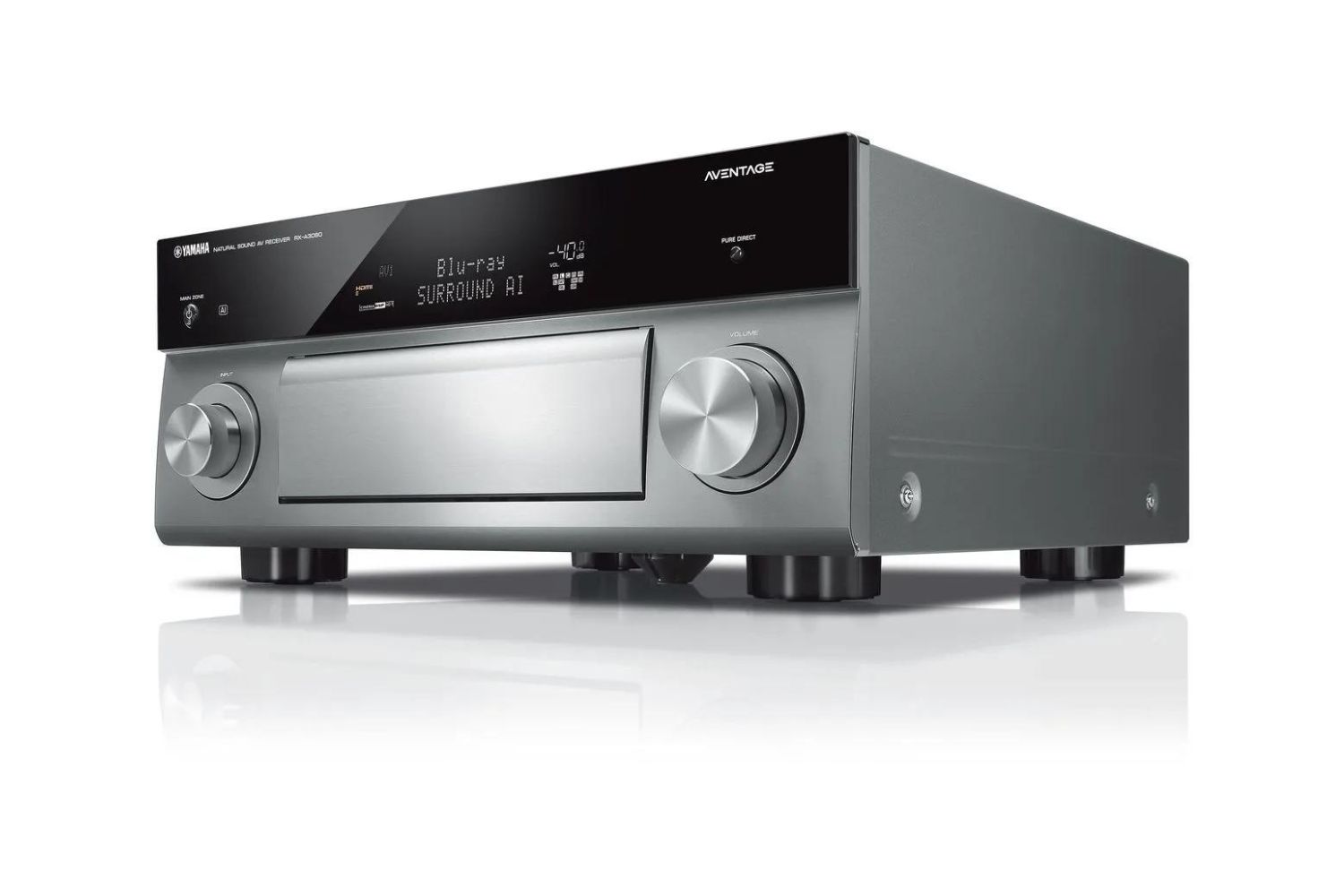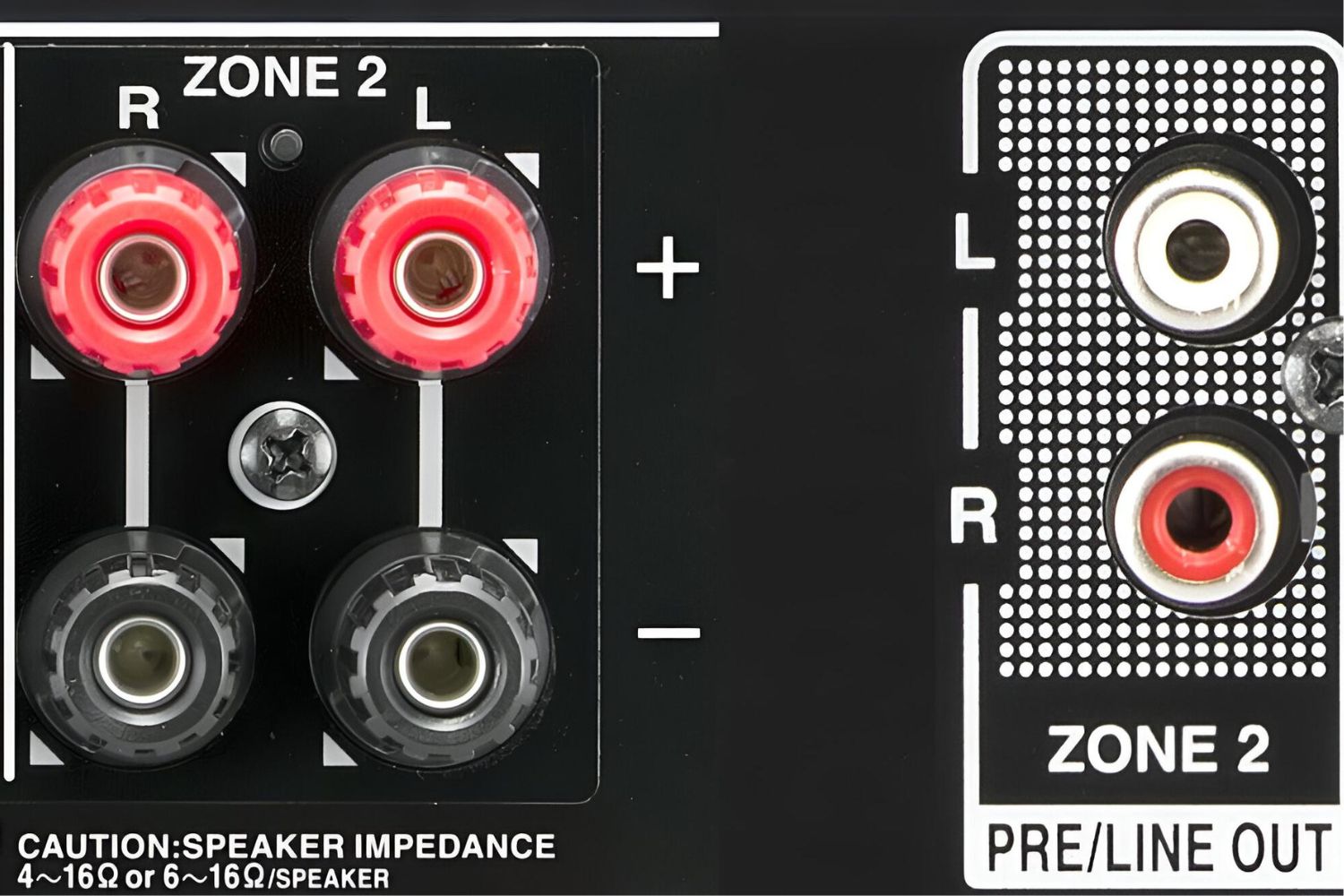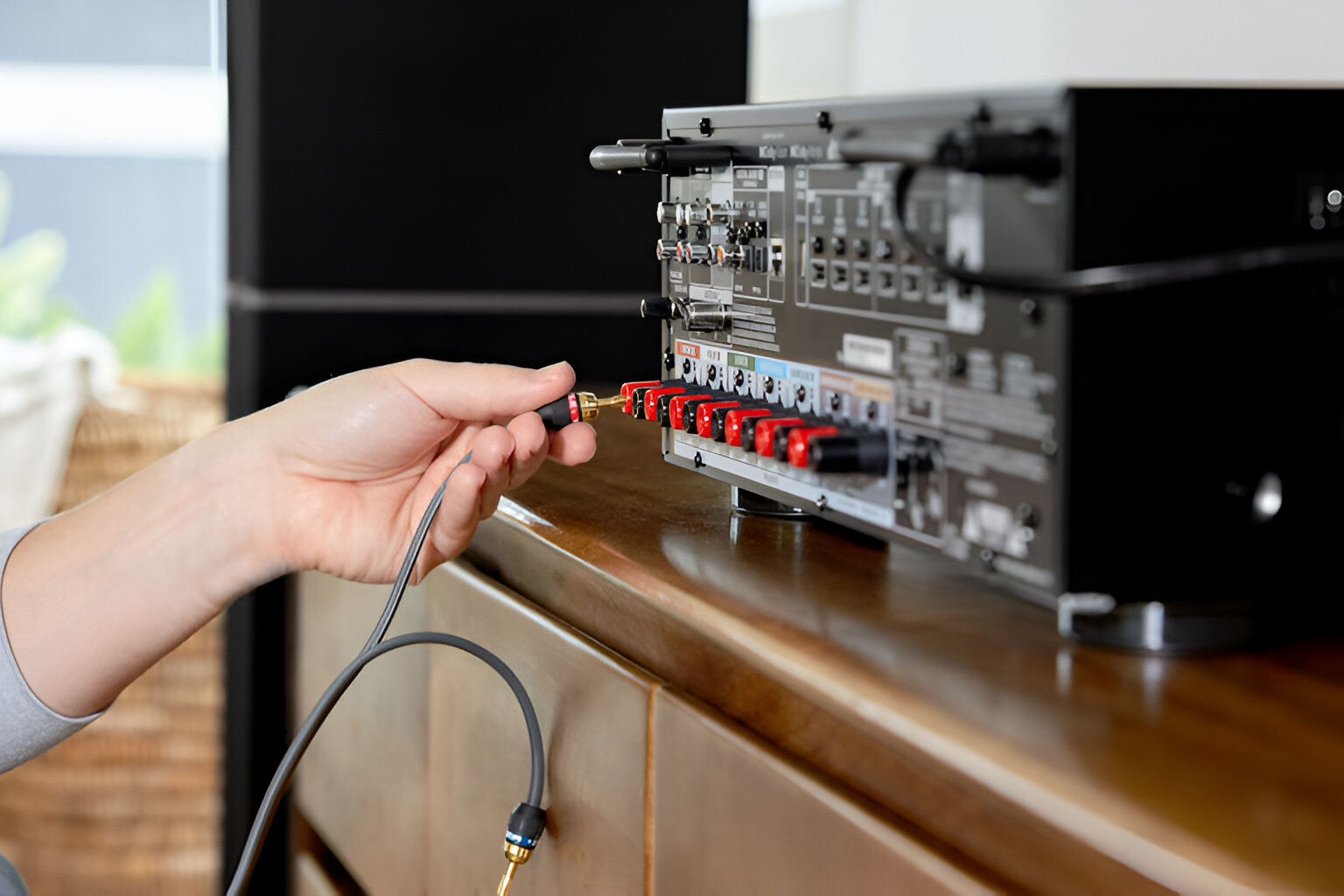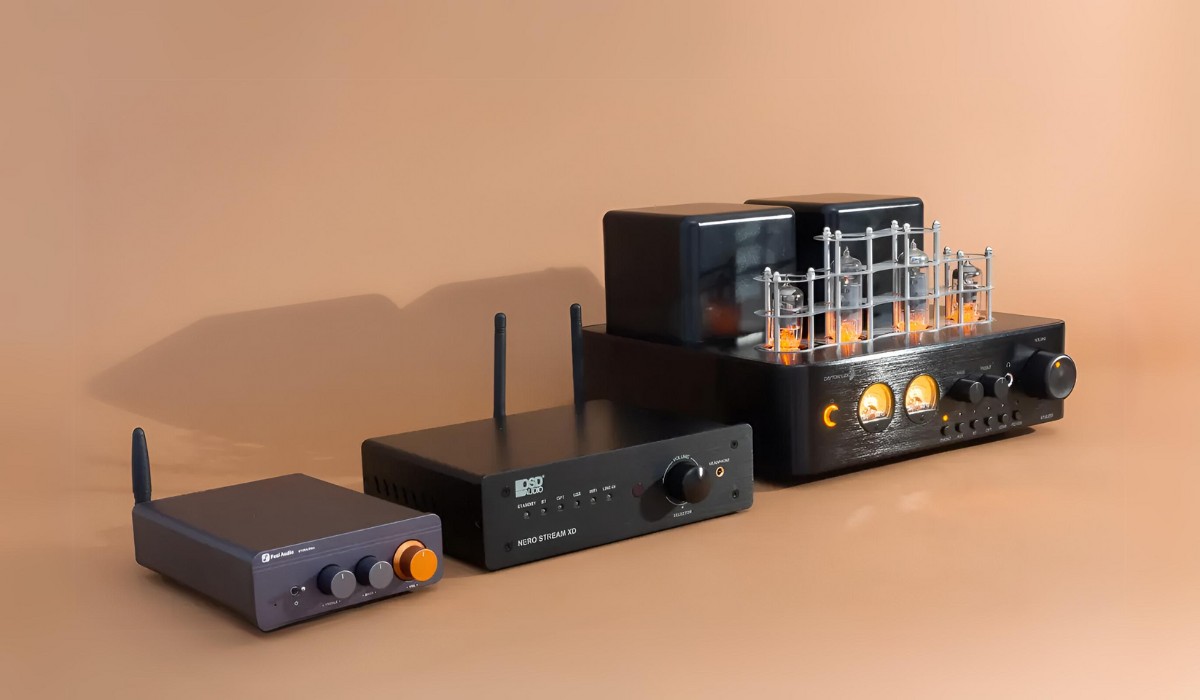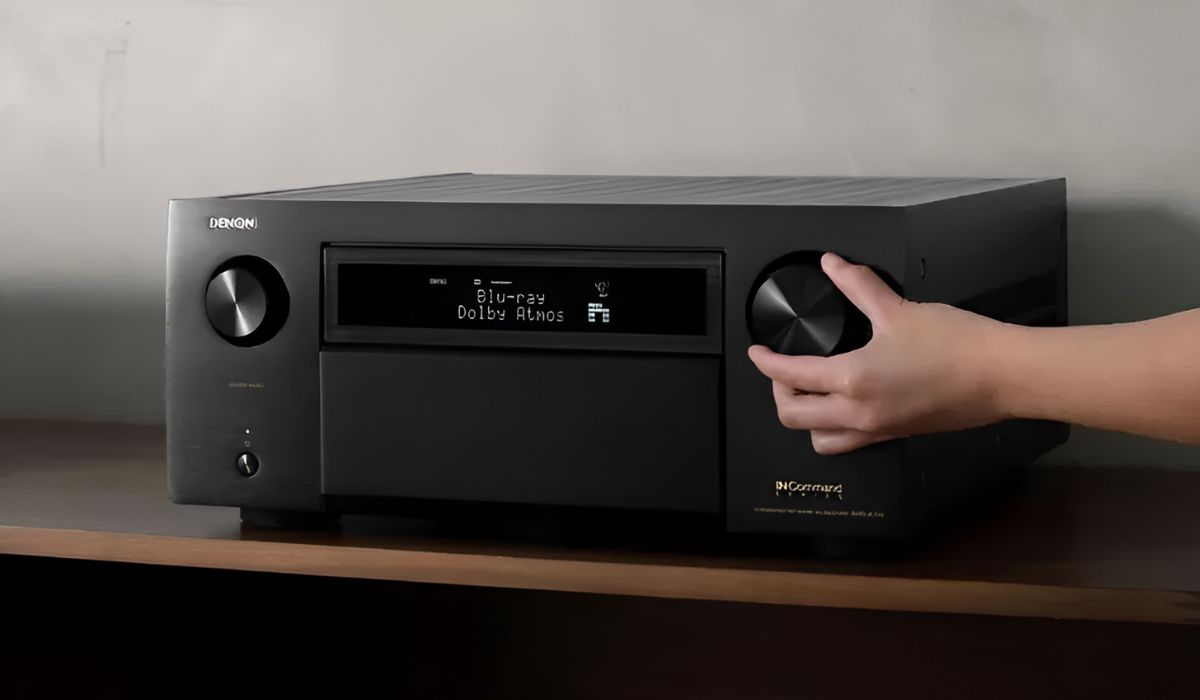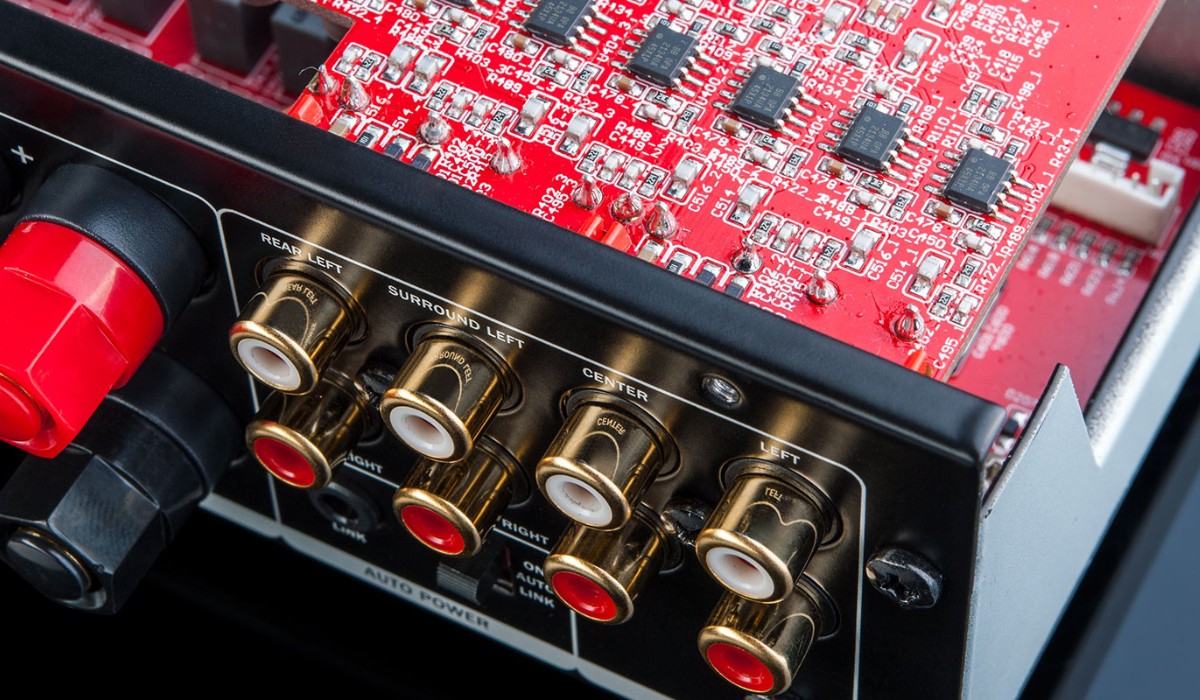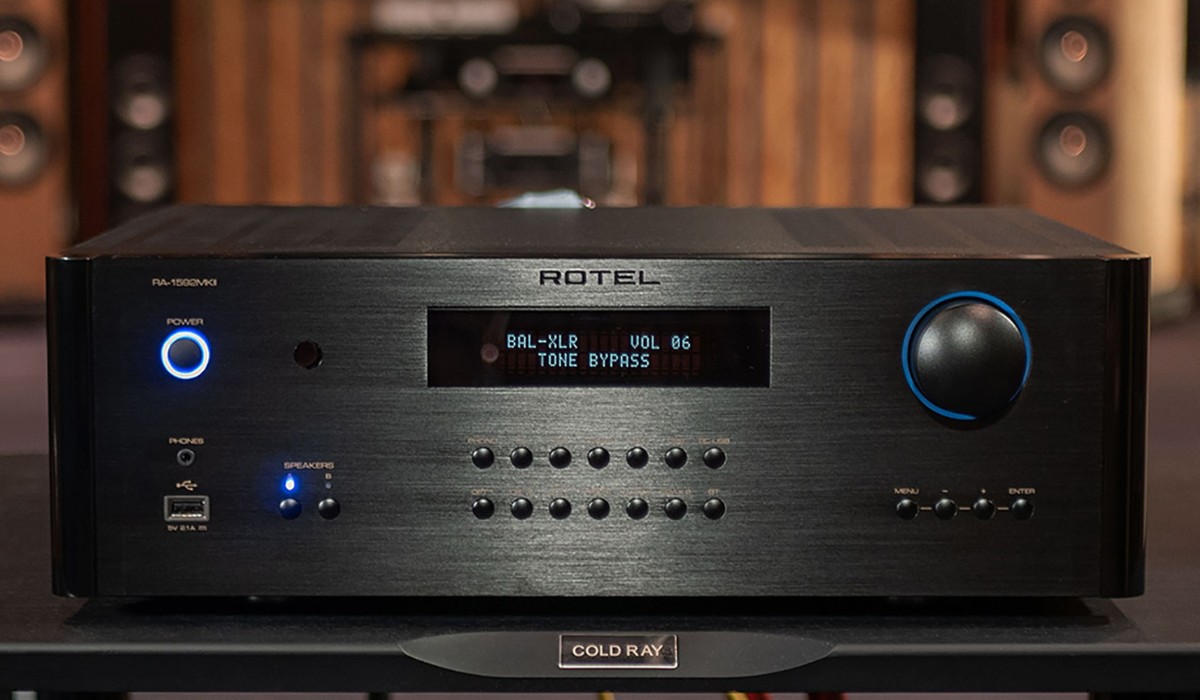Introduction
Introduction
So, you've invested in a high-quality AV receiver to power your home theater system, but you may be wondering if there's a need to add an amplifier to the setup. Understanding when it's necessary to incorporate an amplifier into your AV receiver configuration can significantly impact the overall performance of your audio-visual experience. While AV receivers come equipped with built-in amplifiers, there are instances where adding an external amplifier can enhance the system's capabilities. In this guide, we'll delve into the factors that influence the decision to add an amplifier to your AV receiver, empowering you to make an informed choice that aligns with your specific audio needs. Whether you're a cinephile seeking immersive surround sound or an audiophile with a penchant for high-fidelity music, knowing when to introduce an amplifier into your setup is crucial for achieving the optimal audio performance. Let's explore the nuances of AV receiver power ratings and the circumstances that warrant the integration of an amplifier.
Understanding AV Receiver Power Ratings
Before delving into the decision-making process of adding an amplifier to your AV receiver, it’s essential to comprehend the intricacies of AV receiver power ratings. The power rating of an AV receiver is a crucial indicator of its capability to drive speakers and deliver audio performance. This rating is typically denoted in watts per channel, and it signifies the amount of power the receiver can deliver to each speaker connected to it.
It’s important to note that not all power ratings are created equal. Some manufacturers may provide inflated power ratings to make their receivers appear more powerful than they actually are. To accurately assess the power output of an AV receiver, it’s advisable to look for the RMS (Root Mean Square) power rating, which provides a more realistic representation of the continuous power the receiver can deliver.
Additionally, understanding the impedance rating of your speakers is crucial when evaluating the power requirements of your AV receiver. The impedance of a speaker, measured in ohms, influences the amount of power it draws from the amplifier. Lower-impedance speakers require more power to produce the same volume as higher-impedance speakers. Therefore, it’s essential to match the impedance rating of your speakers with the capabilities of your AV receiver to ensure optimal performance.
Furthermore, the power rating of an AV receiver should be considered in the context of your listening environment and the size of your speakers. A larger room or speakers with lower sensitivity may necessitate a more powerful amplifier to drive the audio effectively, especially at higher volumes.
By grasping the significance of AV receiver power ratings and the interplay between power output, speaker impedance, and room size, you can make informed decisions about whether supplementing your AV receiver with an amplifier is necessary to meet your audio demands.
Factors to Consider When Adding an Amplifier
When contemplating the addition of an amplifier to your AV receiver setup, several crucial factors should be taken into account to determine whether this enhancement is warranted. Understanding these factors will enable you to make an informed decision tailored to your specific audio requirements.
- Speaker Impedance: The impedance rating of your speakers plays a pivotal role in the decision to add an amplifier. If your speakers have a low impedance and demand more power to deliver optimal performance, an amplifier can provide the necessary power boost to drive the speakers effectively, especially during dynamic audio passages.
- Listening Environment: The size and acoustics of your listening space are instrumental in assessing the need for an amplifier. A larger room or one with acoustically challenging features may benefit from the added power and control that an amplifier can offer, ensuring consistent and impactful audio delivery across the entire space.
- Speaker Sensitivity: The sensitivity rating of your speakers, measured in decibels (dB), indicates how efficiently they convert power into sound. Speakers with lower sensitivity may benefit from the increased power reserves and improved dynamics that an amplifier can provide, particularly when driving demanding audio passages at higher volumes.
- Dynamic Range and Headroom: An amplifier can enhance the dynamic range and headroom of your audio system, allowing for greater control and clarity during transient peaks in the music or movie soundtrack. This is particularly beneficial for reproducing impactful low-frequency effects and maintaining clarity during complex, high-energy audio sequences.
By carefully evaluating these factors in conjunction with the capabilities and limitations of your AV receiver, you can ascertain whether the addition of an amplifier is conducive to achieving the desired audio performance. It’s important to strike a balance between the power requirements of your speakers, the characteristics of your listening environment, and the dynamic demands of your audio content to make an informed decision regarding amplifier integration.
When to Add an Amplifier to Your AV Receiver
Deciding when to integrate an amplifier into your AV receiver setup hinges on a nuanced assessment of various factors that collectively influence the audio performance of your system. Understanding the specific scenarios where the addition of an amplifier is beneficial can guide you in optimizing your audio-visual experience.
High-Impedance Speakers: If your speakers have a high impedance rating and are efficiently driven by your AV receiver without exhibiting any signs of strain or distortion, the immediate need for an external amplifier may be mitigated. However, if you encounter instances where your receiver seems to struggle to power the speakers adequately, especially during demanding audio passages, incorporating an amplifier can provide the necessary power reserves to drive the speakers effectively.
Room Size and Acoustics: The size and acoustic characteristics of your listening environment play a pivotal role in determining the need for an amplifier. In larger rooms or spaces with acoustically challenging features, such as high ceilings or reflective surfaces, an amplifier can bolster the audio delivery, ensuring consistent and impactful sound reproduction throughout the space. Additionally, if your listening area accommodates multiple seating positions or is part of an open floor plan, an amplifier can facilitate uniform sound distribution and maintain audio fidelity across the entire space.
Dynamic Audio Content: If you frequently engage with dynamic audio content, such as action-packed movies or music with wide-ranging sonic intricacies, an amplifier can augment the dynamic range and headroom of your system. This enhancement enables the faithful reproduction of transient peaks and intricate audio details, ensuring a captivating and immersive listening experience, especially during high-energy audio sequences.
Desire for Enhanced Control: For audiophiles and enthusiasts seeking enhanced control and finesse in audio reproduction, the addition of an amplifier can provide heightened precision and clarity, particularly during complex musical passages and intricate soundscapes. The increased power reserves and improved dynamics offered by an amplifier contribute to a more refined and articulate audio performance, catering to discerning listeners with a penchant for sonic excellence.
By evaluating these considerations in conjunction with your specific audio preferences and system requirements, you can discern the opportune moments to introduce an amplifier into your AV receiver configuration, thereby elevating the overall audio fidelity and immersive potential of your home entertainment setup.
Conclusion
Understanding the circumstances that warrant the addition of an amplifier to your AV receiver is pivotal in optimizing the audio performance of your home entertainment system. The decision to incorporate an amplifier should be guided by a comprehensive assessment of factors such as speaker impedance, room size and acoustics, dynamic audio content, and the desire for enhanced control and precision in audio reproduction.
While AV receivers are equipped with built-in amplifiers, there are instances where the integration of an external amplifier can significantly enhance the system’s capabilities, especially when driving demanding speakers, navigating challenging listening environments, or engaging with dynamic audio content that necessitates heightened power reserves and improved control.
By carefully evaluating the interplay between your speakers’ impedance, the characteristics of your listening space, and the dynamic demands of your audio content, you can make informed decisions regarding the integration of an amplifier into your AV receiver setup. It’s essential to strike a balance between the power requirements of your speakers and the potential benefits offered by an amplifier, ensuring that the addition aligns with your specific audio preferences and system requirements.
Ultimately, the decision to add an amplifier to your AV receiver is contingent upon your pursuit of optimal audio fidelity, immersive potential, and control in audio reproduction. By leveraging the insights outlined in this guide, you can navigate this decision-making process with confidence, empowering yourself to tailor your home entertainment system to deliver a captivating and immersive audio-visual experience that resonates with your discerning preferences.







